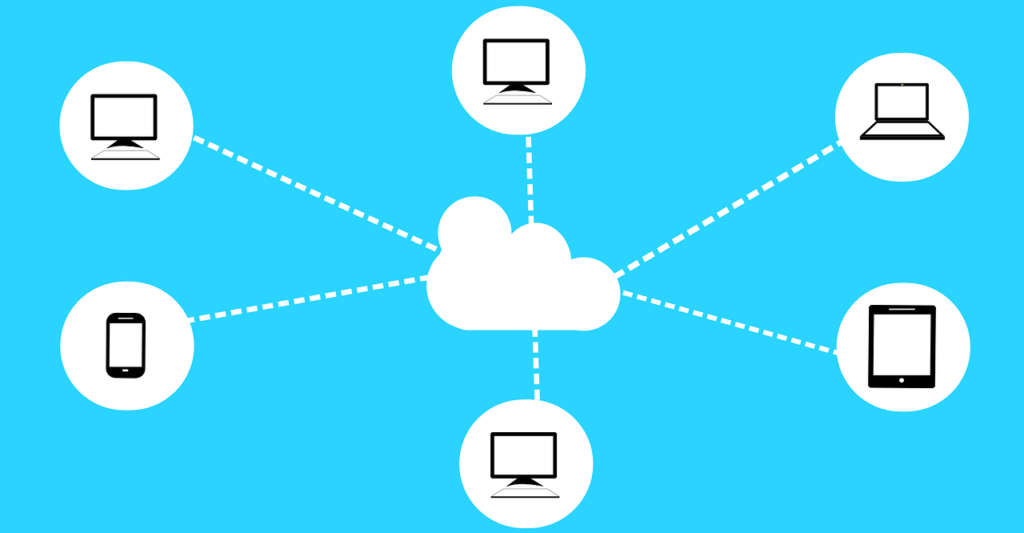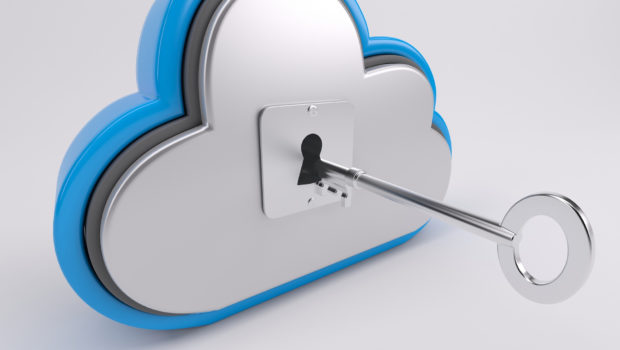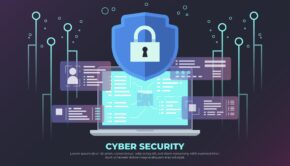What is the Latest Trend In Cyber Security?
The short answer? It’s SASE. Before we explain what it is though, you’ll need a little background. As more and more of us are now working remotely, either by choice or necessity, new technologies are emerging to help companies adapt to ways of working whilst maintaining a high level of data security.
Now, don’t worry if you’ve not heard of SASE before, because we’re going to walk you through exactly what it is, how it relates to these new ways of working, and how it might be able to benefit you.
Understanding SASE
Starting with the basics, SASE (pronounced ‘sassy’) was coined by leading research and advisory company, Gartner, in August 2019. It stands for Secure Access Service Edge, and it’s all about helping organizations make sure data is accessible to the right people at the right time.
Traditionally, companies have housed on-site servers with all of the associated cybersecurity protections like antivirus and firewalls managed by a dedicated infrastructure team. However, with more organizations adopting cloud hosting solutions, the SASE concept has stepped in to reflect the fact that staff can access systems and data from anywhere in the world.
What this means is that security perimeters are no longer fixed to single locations. They’re instead now a range of ‘edge’ capabilities that people can reach from the cloud as and when needed. Organizations need staff to use multiple applications at different times, and need as wide a cloud network as possible. SASE is about bringing together all of these capabilities, networks, and security into one easy-to-manage platform.
If you’d like to know more, the CEO of Perimeter 81, Amit Baraket, explains exactly what SASE is in video.
How can SASE benefit you and your company?
- It’s cheaper than an on-site solution – It’s becoming prohibitively expensive for many companies to maintain in-house servers and security. By outsourcing to a single vendor, you’ll benefit from an economy of scale
- It utilizes a ‘zero trust’ level of security – SASE follows a principle of ‘never trust, always verify’. This means that whoever’s trying to connect to your network, no matter the device or location, must always go through several security layers to log on. Connections are no longer based on an IP address, but on the individual user being able to correctly identify themselves. Staff will only be given access to specific applications for them to do their job, and won’t have sight of the full network as in more traditional setups
- Added flexibility – Moving your services into a cloud-based infrastructure lets you implement as many different security layers as you’d like, including sandboxing suspicious files, web filtering, and credential theft protections
- Manage all your security issues from a single console – By choosing a hosting vendor, you can manage all aspects of security in one place. Your staff can monitor who’s logged into the network, create firewall rules, update antiviruses on specific appliances, and check for suspicious activity or attacks. You can even isolate individual devices if your security team suspects it’s been compromised
- Faster performance – One of the most critical aspects of SASE is the requirement for uninterrupted and immediate access to networks. When implemented correctly, access to your network should be seamless wherever your staff are located

(Image source: Pixabay)
Are there any downsides?
Of course, no cybersecurity or hosting solution is going to be perfect, and there are some disadvantages to SASE. These include:
- Loss of security diversity – In traditional on-site setups, companies can pick and choose security features from different suppliers. They might select a top of the range firewall from one vendor, but choose a different system to help monitor incoming attacks to the network. Companies lose this diversity with a SASE solution because all security elements are merged into one platform, so you lose a lot of that choice
- Single point of failure – With all cybersecurity elements linked in a single package, if one part of the service goes down, you could lose everything. You’re wholly reliant on your vendor to protect you from a system shut down. Make sure you do your due diligence on any cloud provider before you sign up, and ensure there are excellent business continuity plans in place in the event of a disaster
Is SASE the right solution for your business?
This will really depend on the needs of your organization. Many growing companies find that a cloud-hosted SASE solution is perfect as it allows for very flexible scalability. Managers can easily add or remove users from the network as and when needed, and it simply takes a phone call to the vendor to increase the required storage space.
Those working globally are starting to rely heavily on this type of wide-area network solution too. Team leaders and executives can rest easy knowing that wherever their employees are in the world, the company has enough network security layers in place to verify them quickly and protect the company’s systems and data.
On the other hand, more risk-averse organizations are still attracted to the diversification of security afforded by using multiple different suppliers.
Final thoughts
We think that SASE is something that’s definitely here to stay. With some companies even shifting entirely to remote working and getting rid of office spaces, we’re seeing a revolution in the way networks are managed.
More and more emphasis is being placed on the users, and managers are ultimately realizing that’s where security policies should be focused. Despite a few disadvantages, hosting services are constantly trying to improve security offerings, provide more reliable uptime, and are waged in a constant war with cybercriminals. We’d recommend staying on top of the SASE trend in the coming years if you don’t want to get left behind.
















